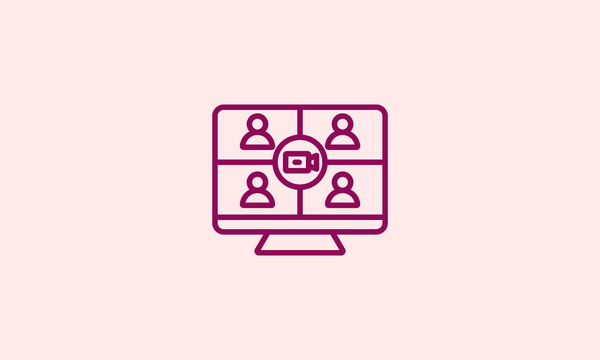
Webinar: How Does the Federal Budget Approach Digital Nation-Building?
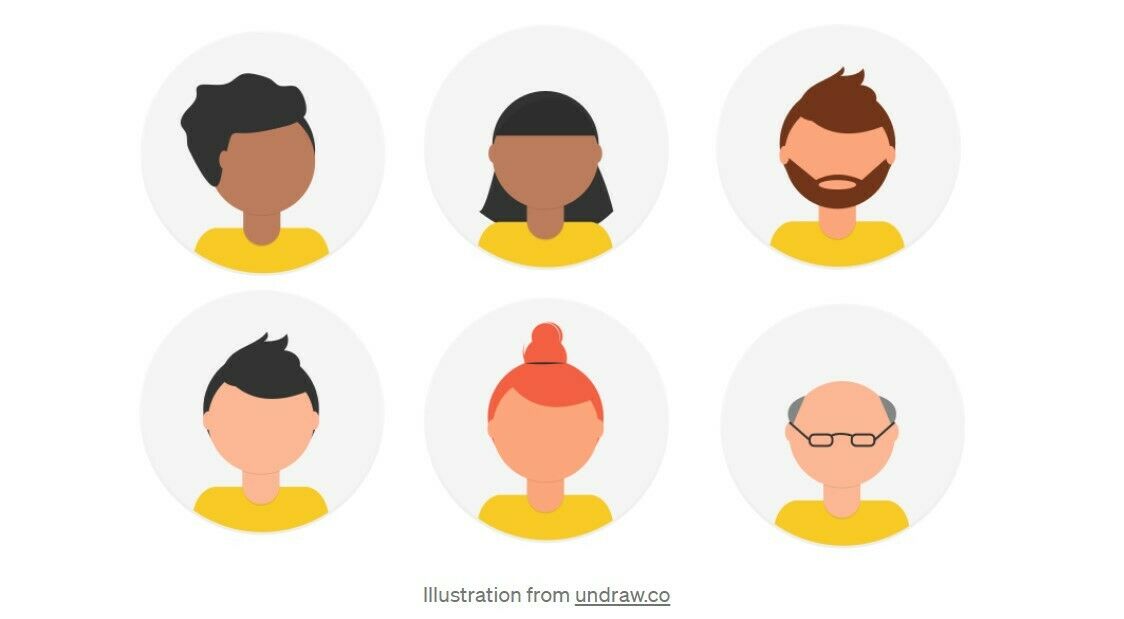

Gillian Wu
June 10, 2021
The Code for Canada fellowship program is no longer active. To learn more, visit our fellowship yearbook.
Hi there! My name is Gillian, and I am the UX Design Fellow that is part of the 5th cohort working at Code for Canada to improve digital governance. Alongside my teammates Malik Jumani (Product Manager Fellow) and Ian Cappellani (Developer Fellow), we are working with the Canada Energy Regulator (CER) to improve the tools that Canadians use to participate in hearings regarding energy projects regulated by the CER.
Read our first blog post to learn more about us.
In the previous article, I went over the high-level discovery process for my team’s project within Canada Energy Regulator (CER). We are excited to share some of the insights we gathered from our user research sessions.
At the start of our fellowship, my team reviewed all the technical and business requirements, along with any existing research.
We also looked at other government regulatory bodies and registries related to public participation. For example, we took inspiration from the Ontario Energy Board and the Ontario Environmental Registry to see how different organizations solved similar challenges the CER has. This later influenced part of our decision-making in the redesign.
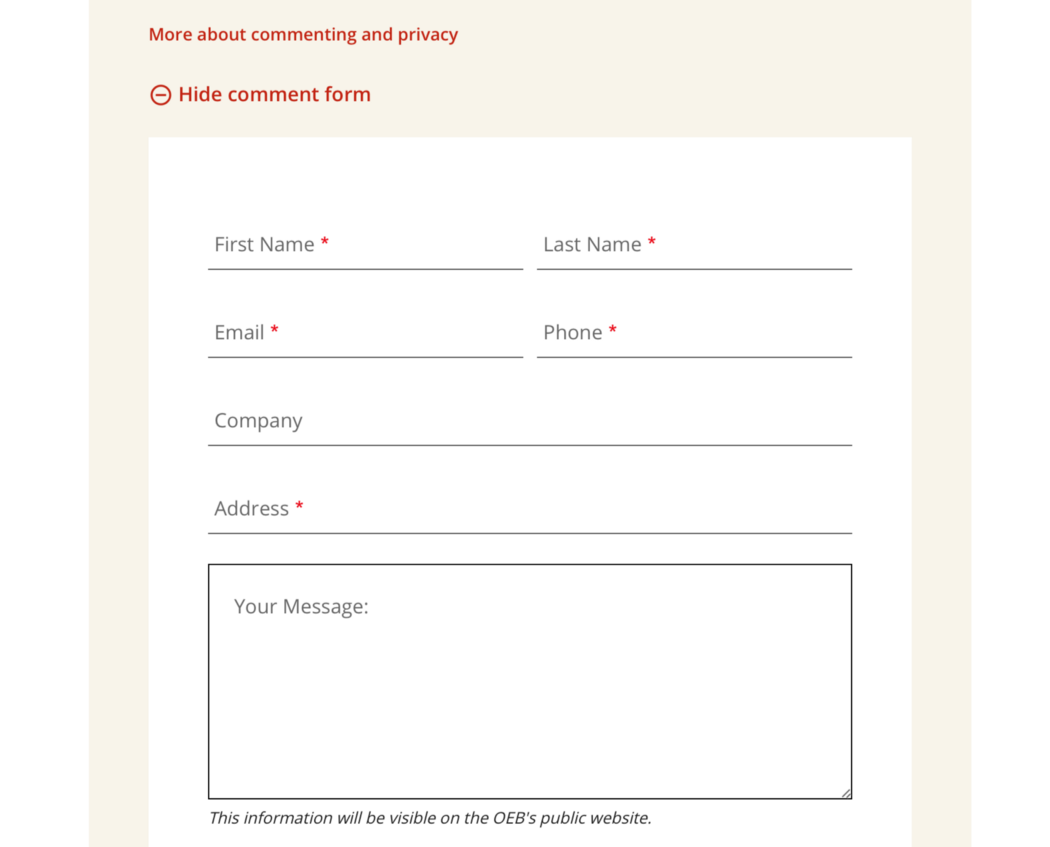
My team and I reviewed the existing tools to understand the challenges that first-time users might run into. It allowed us to empathize with those going through the participation process.
The legal and policy jargon makes the participation tools difficult to understand. It is also content-heavy, which means there is a risk of information overload.
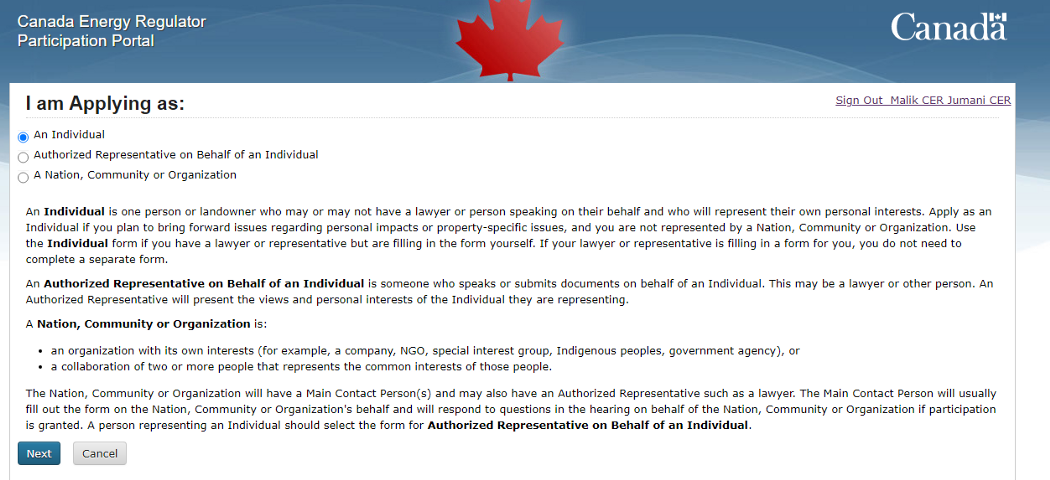
The process of sharing concerns is long and daunting, which might create friction for those interested in participating.
Reviewing the form is a crucial step in the process, but it is nestled between the ‘previous’ and ‘submit’ buttons. The three buttons compete for the user’s attention when the intention is for the participant to check over their information. This might cause the user to accidentally hit submit.
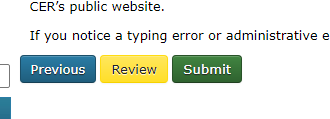
The input field for language selection is different in certain parts of the participation process. Moreover, the text in the progress bar is not always consistent.

Our team met with 14 CER employees to understand the larger vision of the participation tools, along with the challenges people face when using them. We learned about the desire to make things more inclusive, usable, and barrier-free for the average person. However, we also discovered the challenges of balancing the needs of participants, while also ensuring there is adherence to the quasi-judicial system.
Our team validated the qualitative data we uncovered in our initial research by talking to 11 people across Canada who have gone through the energy adjudication process. We talked to people of First Nations and Métis descent, landowners, regulatory specialists, biologists and concerned citizens.
We learned about the care they had for the land and the animals, as well as their desire for an equitable and sustainable process. We listened to them while they shared their frustrations, concerns, and fears over the existing process. We heard them when they told us about the bad industry practices occurring in their community and the cumulative environmental impact that goes unaddressed. Part of our research even led us to chase down a newspaper ad from a small rural town in Alberta.
“Writing an email with my comments would have been easier than going through the CER’s digital participation process.”
“I get the sense that there is no willingness to help, almost to the point where it seems like they don’t want people to participate.”
“There’s a lot of legal jargon throughout the process. The average person will not know what a lot of these terms mean and even know how to register to participate.”
Our team also tested the existing participation tools with people who were unfamiliar with the energy adjudication process.
“I want to understand the distinctions between the two types of participation before applying.”
“The overall experience was like a bad exercise. It was too long, there was no reward, and I was constantly lost and confused.”
Next up, I will be going over how my team identified the major themes from our research and turned them into priorities to be addressed project.
Are you interested in testing a digital service or product with residents? Get in touch to learn more about how our inclusive user research program can help.
End of articles list